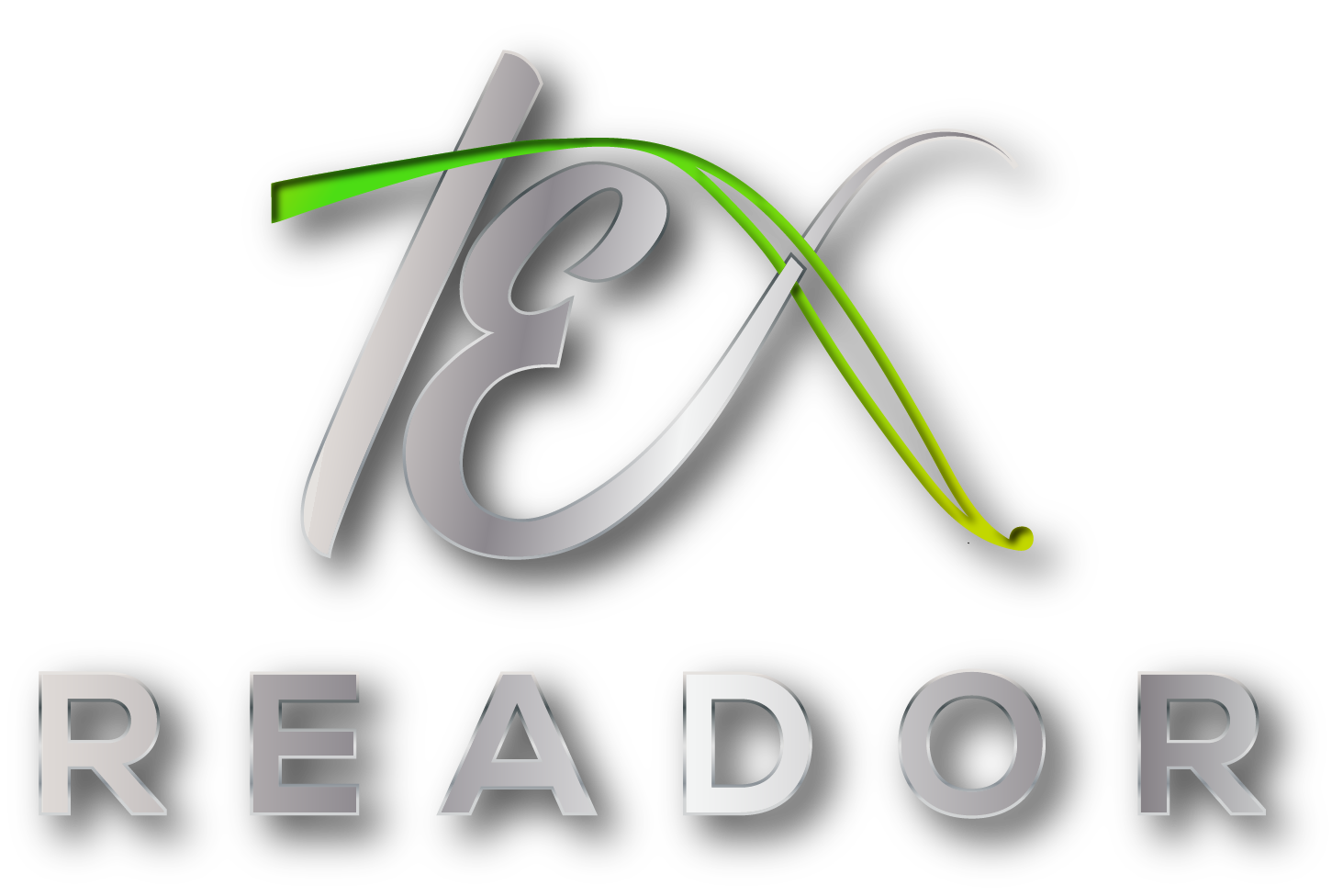Since the 1930s, traditional waterproofing agents began to be used in textiles. By the 1950s, fluorine-containing waterproofing agents quickly dominated the market due to their excellent performance and continue to this day. However, as environmental protection requirements become increasingly stringent, it is expected that in the 2030s, the European and American markets will comprehensively restrict the use of per- and polyfluoroalkyl compounds (PFAS). Over the past hundred years, the application of waterproofing agents on textiles has experienced changes from fluorine-free to fluorine-containing and then to fluorine-free.
Currently, fluorine-free waterproofing agents on the market are mainly divided into four categories: paraffin, silicone, acrylic, and polyurethane.
Paraffin-based waterproofing agents have been used for a long time, but their waterproofing effect is average. They are rarely used alone on fabrics. They are usually compounded with acrylic or melamine resins to improve their performance. For example, Huntsman's Phobotex RSH and RHP, and Tanatex's BAYGARD 40178, their main ingredients are paraffin and melamine.
Silicone waterproofing agents have a general waterproofing effect, but the finished fabrics feel soft and are suitable for cotton fabrics. In recent years, the performance of newly developed silicone waterproofing agents on the market has been improved, such as improved fabric seam slippage and fewer hand scratches. Representative products include Nicca’s NEOSEEDNR-8800 and Dow’s DOWSIL IE-8749 Emulsion.
Acrylic waterproofing agents have become the mainstream of fluorine-free waterproofing agents due to their excellent processing performance, washability and low cost. However, it also has certain disadvantages, such as a harder feel and more hand scratches. Representative products include Shanghai Fuke’s X-2 Pro and 301 Pro, and Nikka’s NEOSEED NR-7080.
Polyurethane waterproofing agents are characterized by good waterproofing effect, good fabric versatility, good washing resistance, and fewer hand scratches. Currently, they have the best overall performance among all fluorine-free waterproofing agents, but the cost is also higher. Representative products are Chemours' Zelan R3 and Rudolf's RUCO-DRY ECO.




